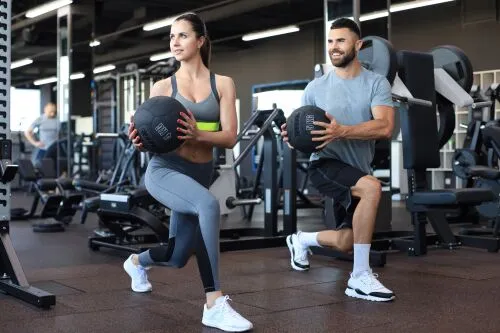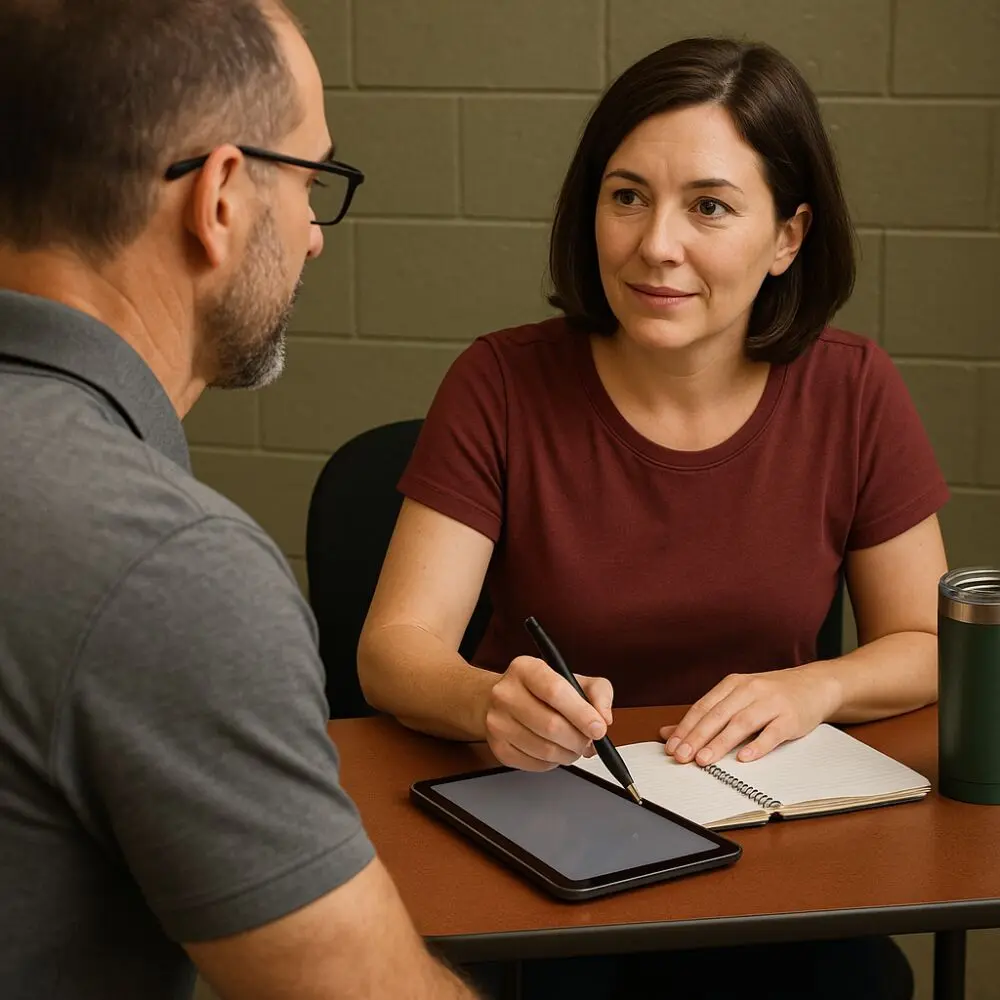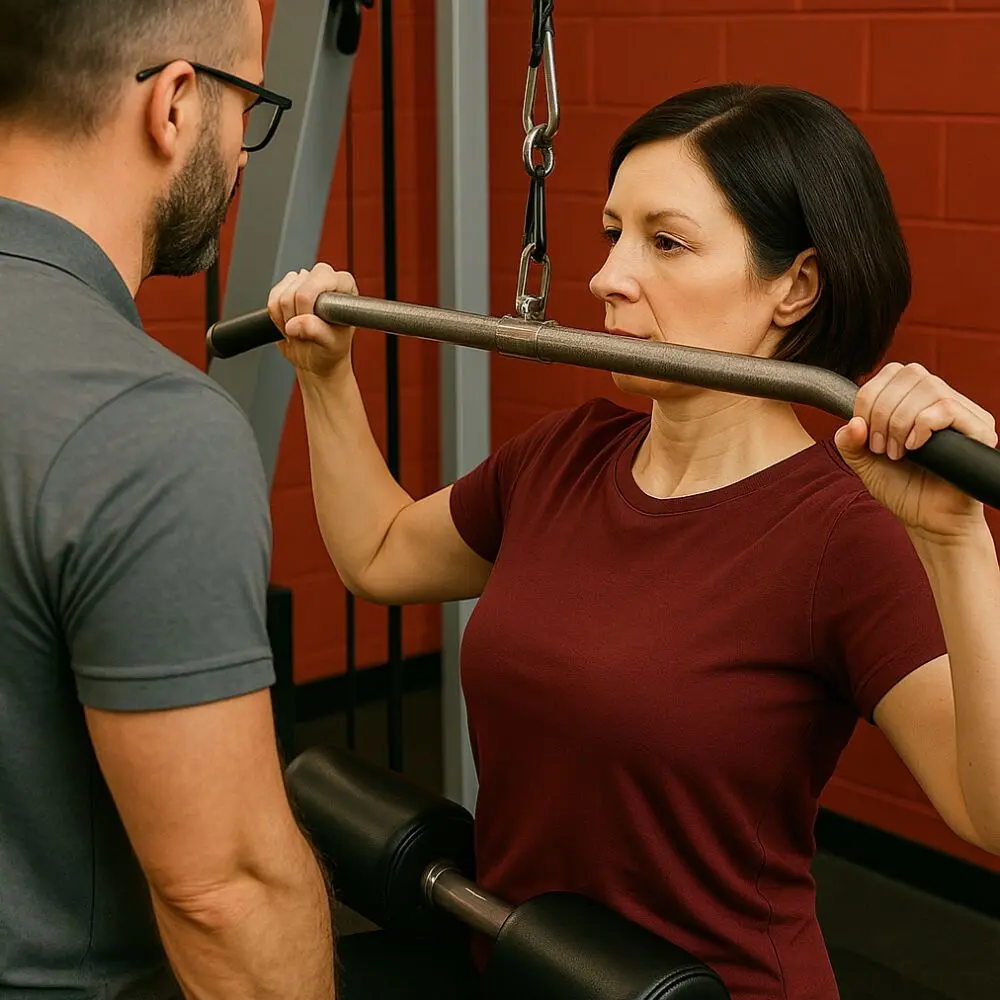Measure How Well You Move in the Real World
Functional Movement Assessment
This assessment evaluates basic human movements. If squatting, lunging, or bending causes discomfort—or just doesn’t feel right—a functional movement assessment can help. We’ll identify weak links in your movement chain, then build a plan that improves performance, reduces injury risk, and helps you move better in the gym and in daily life.
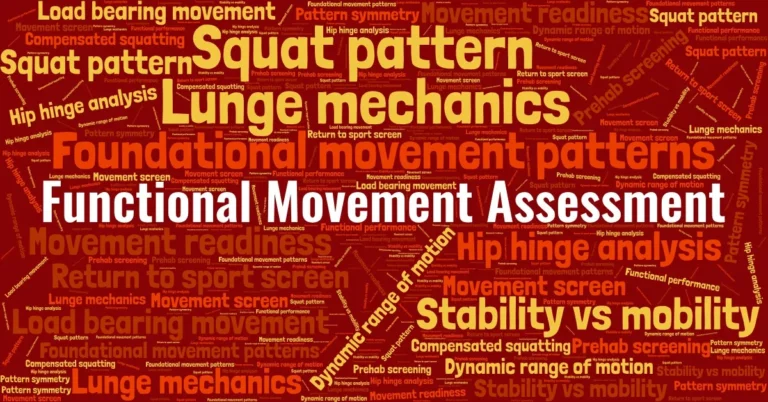
Real-Life Movement
Pinpoint dysfunction in daily patterns like stairs, standing, and lifting.
Athletes with Pain
Discover movement faults that show up under fatigue or speed.
Older Adults
Understand mobility and balance needs to age with strength.
Why Functional Patterns Matter
Most people train hard but move poorly—stacking strength on top of dysfunction. Functional movement assessments expose where your body compensates or breaks down, even when you feel “fit.” Whether you’re dealing with pain or chasing performance, understanding your movement patterns is the first step to training smarter, recovering faster, and staying injury-free long term.
- Your body might look strong but move inefficiently—putting stress on joints instead of generating power.
- Ignoring faulty patterns means you’re likely reinforcing poor mechanics every time you train or compete.
- A movement screen shows what’s missing, what’s overloaded, and how to correct it with targeted support.

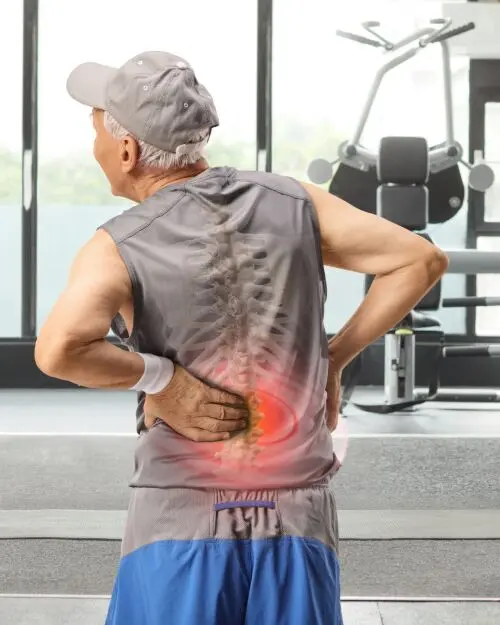
What Foundational Movements We Assess
We test how your body handles the seven essential movement patterns: squats, lunges, pushes, pulls, bends, twists, and gait. These reflect basic real-life motions—like getting out of a chair, climbing stairs, or reaching overhead—and we evaluate each both unloaded and under light resistance. This tells us how well your joints, muscles, and control systems are working together.
💡 Read more about the 7 foundational patterns of human movement, and why they matter?
-
Squats, lunges, pushes, pulls, bends, rotations, and gait
-
Evaluated both unloaded and under light functional resistance
-
Each movement reveals how well joints, muscles, and motor control systems coordinate
What We Look for in Each Movement Pattern
We observe your range of motion, joint alignment, and how well you control each position. Asymmetries between sides or front-to-back imbalances are key signals, and we flag compensations—like knees caving in or a spine rounding—that increase injury risk or reduce movement efficiency.
-
Range of motion, control, and joint alignment
-
Left–right or front–back asymmetry
-
Compensation (e.g., knees collapsing, spine rounding)
Why Functional Movement Tests Matter
We use these tests to predict injury risk, uncover hidden dysfunctions, and design smarter movement plans. Whether your goal is pain relief, athletic performance, or better mobility, identifying your weakest link helps us build a foundation that supports your whole kinetic chain.
-
Predict injury risk in training, sport, or daily life
-
Reveal weak links in the kinetic chain
-
Help design a personalized corrective or training plan
Which movement patterns reveal weak links in the body?
Squats, lunges, and overhead reaches often expose movement imbalances, joint misalignment, or weak core control. These functional patterns make it easy to detect where instability, stiffness, or faulty coordination may increase injury risk or limit performance.
-
Squat assessments often reveal knee valgus or poor hip control
-
Lunges test balance, glute function, and rotational stability
-
Reaches highlight shoulder mobility and core engagement
-
These “weak links” affect how well the kinetic chain performs under stress
-
How is a movement assessment used to create a training or rehab plan?
A functional movement assessment is used to create a personalized plan that restores joint control, corrects faulty movement patterns, and builds strength where it matters most. The results dictate which exercises, progressions, and mobility work will support safe progress.
-
Exercise selection is based on your weakest links
-
Movement quality comes before adding weight or complexity
-
Corrective strategies improve posture, control, and performance
-
Is a functional movement assessment only for athletes?
No. Movement assessments benefit anyone who wants to move better, reduce pain, or age actively. They’re especially helpful for adults over 40, people returning to exercise after injury, or beginners looking for a joint-friendly training foundation.
-
Adults 40+ can catch posture or balance issues early
-
Post-rehab clients can avoid re-injury with structured testing
-
Beginners gain a safer, smarter starting point for exercise
-
A Simple 3 Step Process
No Guesswork, just results
Getting started is simple – we’ll begin by testing how your body handles movements like squats, lunges, and twists — the same patterns used in everyday life, workouts, and even your golf swing. From there, we’ll design a plan that builds strength and precision where it counts.
Choose the Assessment That Fits You Best
tools that actually tell us something
Understanding how your body moves is step one. These science-backed assessments reveal dysfunction, imbalance, or asymmetry—so your program is based on facts, not guesses.
Comprehensive Movement Assessment
Biomechanical Assessment
Core Stability Assessment
Postural Assessment
Gait Analysis
Muscle Activation Testing
We Focus on How You Move in Real Life
If your workouts feel harder than they should, or certain movements always cause discomfort—you’re not broken. Most clients I meet have never had their movement analyzed, only judged by reps or weights. That changes here.
As a Registered Kinesiologist with over 15 years of experience in human movement science, I specialize in identifying where your form breaks down—and why. Through pattern-based testing and data-driven strategy, we create a roadmap that improves mobility, reduces risk, and helps you move with confidence again.

